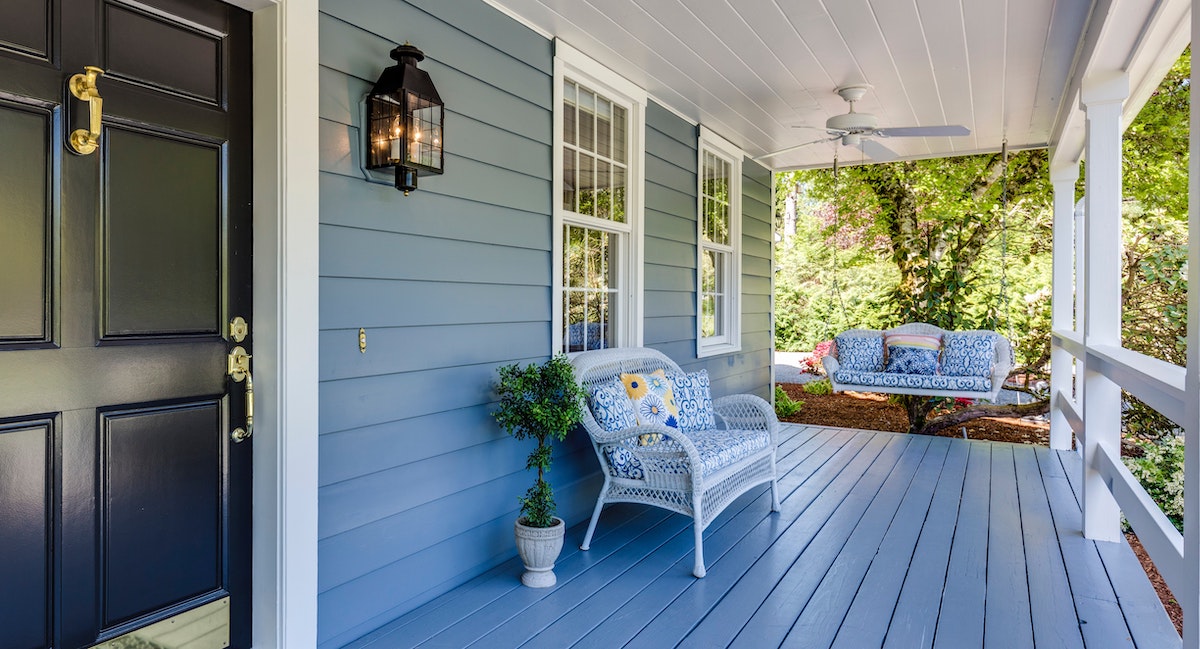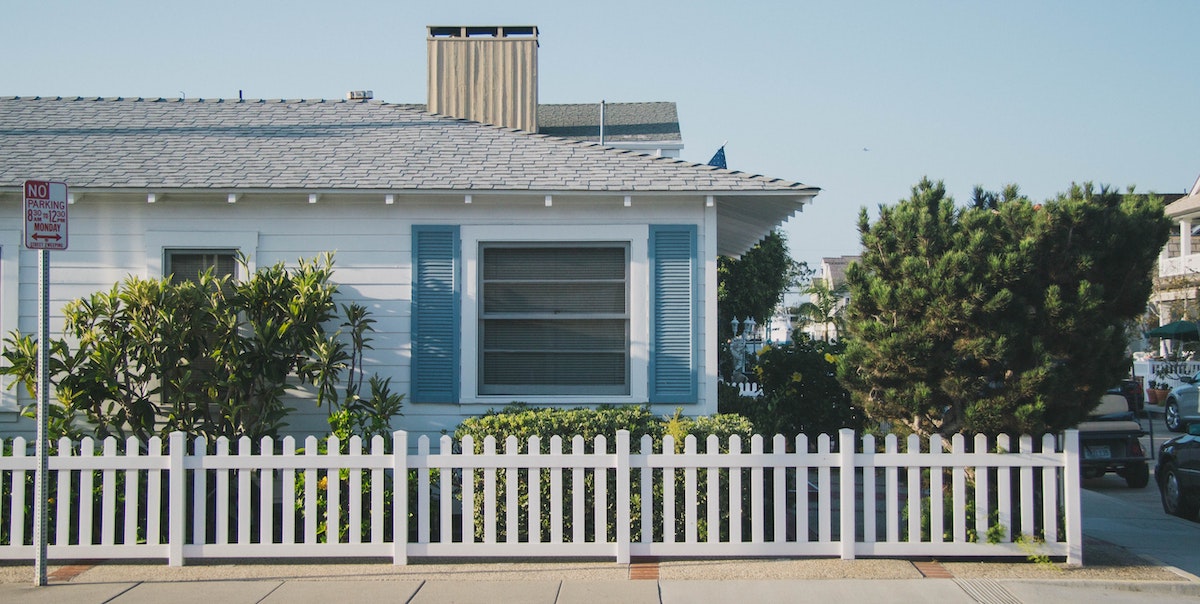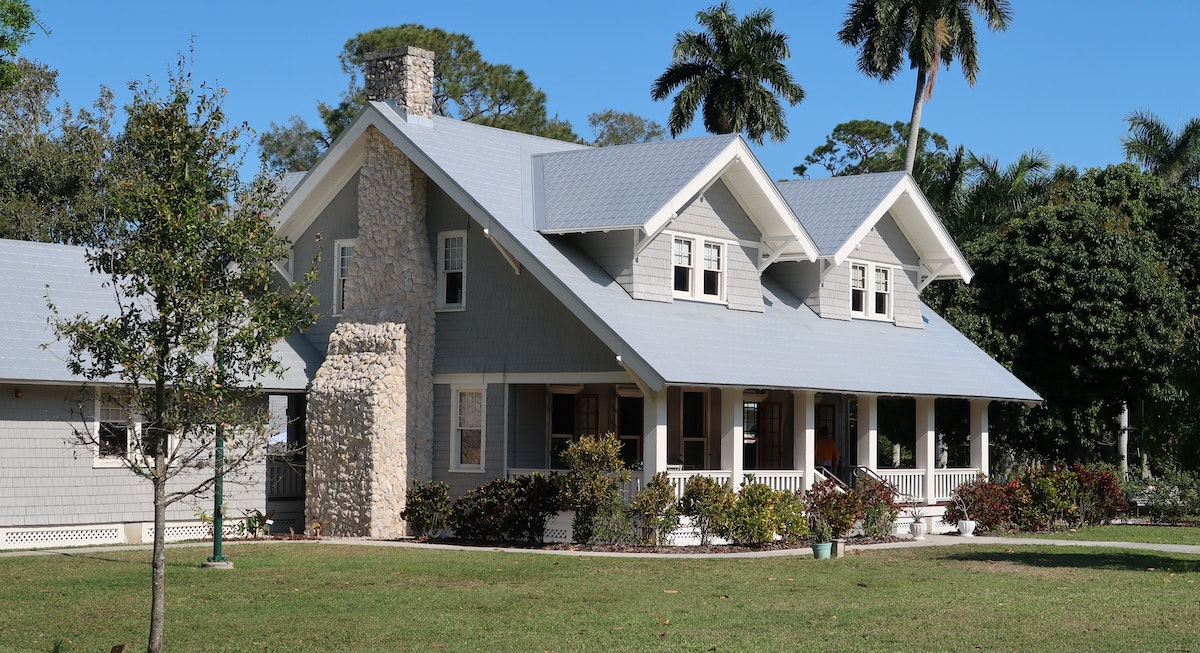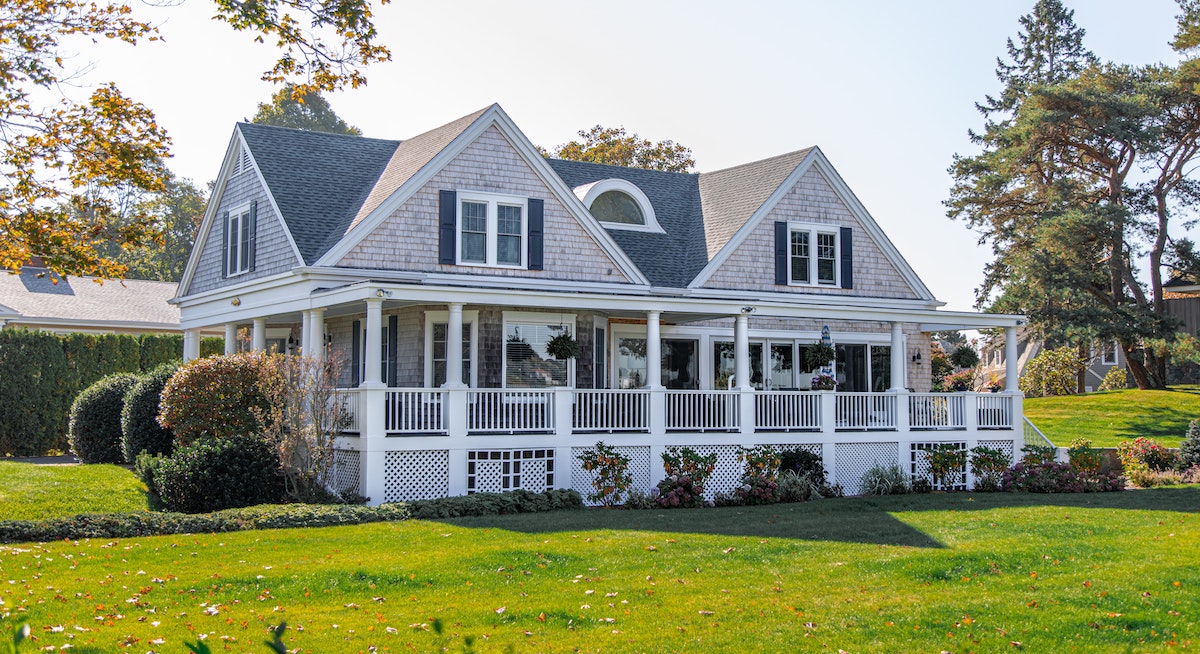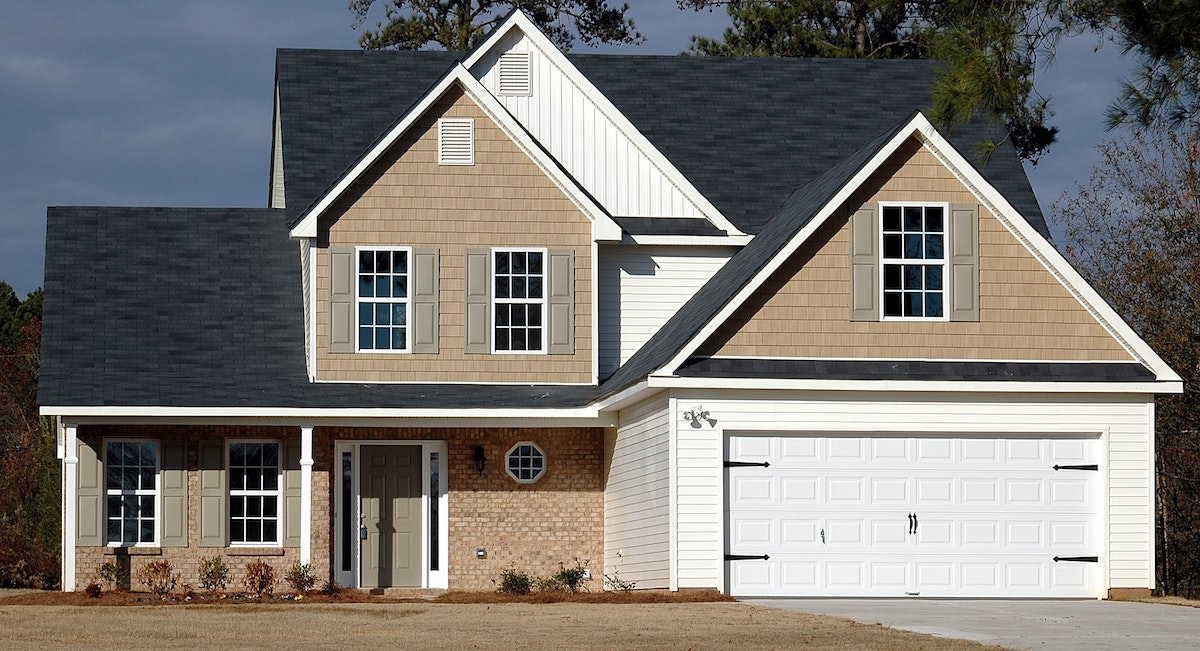Since the pandemic began over a year ago, a supply shortage of for-sale homes has fueled home price growth. The national CoreLogic Home Price Index posted double-digit year-over-year growth in February. In other words, home price growth has doubled since the time just before the pandemic.
Strong acceleration of S&P CoreLogic Case-Shiller Index continued into early months of 2021 with the third consecutive double-digit increase – up 12% year-over-year in February. The month-to-month index also surged 1.05%, making it the strongest January-February increase since 2005. Further acceleration in home price growth is reflecting many of the positive and continually improving signs of the economic recovery, including employment gains, consumer savings resulting from less discretionary spending over the last year, and hence more purchase power among home buyers, and still historically low mortgage rates. As a result, competition among buyers continues to intensify leading to fewer days on the market and higher offering prices than would be seasonally the case early in the year.
While home prices skyrocketed in response to low interest rates and low housing stock, single-family rental properties have also experienced a pickup in rent price growth. Single-family rents posted 3.9% year-over-year growth in February 2021; this was the strongest February in the past 5 years, as measured by the CoreLogic® Single-Family Rent Index (SFRI). Recovering from the low of 1.4% year-over-year growth in June 2020, the index has shown solid increases since the second half of 2020, propped up by the rent growth in detached properties. By October 2020, the rent growth compared to a year prior had returned to pre-pandemic levels.
The COVID-19 pandemic has highlighted the importance of homeownership and its impact on wealth accumulation among American households. Home prices soared, and among homeowners with a mortgage, the average equity gains were over $26,000 in 2020, bringing the total average equity to more than $200,000 per homeowner. While equity gains have varied significantly across the nation, in general, the availability of home equity has been the principal form of savings and household wealth for low- to moderate-income homeowners. In particular, home equity can serve as a critical financial buffer in times of economic uncertainty, such as what we experienced during the pandemic. Indeed, homeownership is a key method of accruing wealth, so differences in the attainability of homeownership directly result in differences in wealth.
For the last five years, millennials have made up the largest share of home purchase mortgage applications. This demographic tailwind comprises the largest generation of households who are approaching their first-time homebuying years. Older millennials, meanwhile, are in the age-range for a move-up purchase. According to the CoreLogic Loan Application Database, prior to 2020, while millennial home purchase applications comprised less than half of all purchase applications, their share grew from 33% in 2014 to 47% in 2019, rising about 2 to 4 percentage points per year. This annual increase is consistent with the cohort of millennials reaching 33 years of age, the peak homebuying age.
In January 2021, 5.6% of home mortgages were in some stage of delinquency (30 days or more past due, including those in foreclosure)\[1\], a small decrease from December 2020, and the fifth consecutive monthly decrease. While this is good news, the overall delinquency rate remained high and was 2.1 percentage points above the year ago level, according to the latest CoreLogic Loan Performance Insights Report. The share of mortgages that were 30 to 59 days past due – considered early-stage delinquencies – was 1.3% in January 2021, down sharply from a post-pandemic high of 4.2% in April 2020 and the lowest rate recorded in at least 22 years.
National home prices increased 10.4% year over year in February 2021, according to the latest CoreLogic Home Price Index (HPI®) Report. The February 2021 HPI gain was up from the February 2020 gain of 4.3% and was the highest year-over-year gain since April 2006. Low mortgage rates and low for-sale inventory drove the increase in home prices; however, affordability constraints may work to slow home price growth later this year, especially as mortgage rates increase.
Robust home price growth, which averaged 5.7% nationally over the last year according to the CoreLogic Home Price Index , drove equity of America’s homeowners with a mortgage up by more than $1.5 trillion. Added together across all homeowners in the U.S., home equity has grown more than $12 trillion since its low point during the Great Recession. This is good news for homeowners —but the situation is a little trickier when it comes to how that $12 trillion is spread, and which of those homeowners are currently in a stage of forbearance. For families who have a low amount of equity and are in forbearance, the risk of losing their home becomes higher.
Recent announcements of forbearance extension by the Federal Housing Finance Agency (FHFA) came on the heels of millions of forbearance plans that are about to expire at the end of March under the CARES Act. The new extensions allow an additional six months’ stay in forbearance, making borrowers eligible for a total of 18 months of temporary payment relief. The latest loan performance data from CoreLogic reveals that 75% of the pandemic forbearance-loan pool consists of loans in forbearance since April.
The housing market, like many segments of the economy, had a unique year in 2020. Pandemic-induced demand – for homes with more living space and located in lower density neighborhoods -- coupled with historically favorable mortgage rates and declining for-sale inventories led to the most competitive market seen since at least 2008. Buyers competing for fewer properties on the market were generally willing to offer relatively more than they have been in recent years, leading to the ratio of closing price to listing price reaching the highest level since at least 2008.
In spite of the confluence of the COVID-19 pandemic and high unemployment in 2020, the total number of home-purchase loan applications rose by 11% from 2019. The need for more space (to accommodate an office or school room from home), reduced need to commute and record-low mortgage interest rates influenced strong buyer demand and may have offered an opportunity to relocate to more affordable areas. According to CoreLogic data, homebuyers relocating to another metro were often choosing metros that are either adjacent to their current location, had a lower cost of living, or both.
Historically, when it comes to recessions, home prices don’t always dovetail with economic instability. In fact, home sales numbers have a much tighter relationship with recessions. The current recession is unique, however, and that uniqueness can be seen in the behavior of the national housing market.
U.S. single-family rent growth remained strong in January 2021, increasing 3.8% year over year, showing solid improvement from the low of 1.4% reported for June 2020, and up from the 2.9% rate recorded for January 2020, according to the CoreLogic Single-Family Rent Index (SFRI). The index measures rent changes among single-family rental homes, including condominiums, using a repeat-rent analysis to measure the same rental properties over time.
In January 2020, mortgage delinquencies were at a generational low. After the pandemic hit, many families, especially those working in service occupations that entail in-person contact, faced a large income shock through job loss, illness, or death of a family member. Places that were hardest hit by job loss saw the biggest spikes in past-due loans over the last year. Nationwide, the CoreLogic Loan Performance Indicators reported past-due rates up by 2 percentage points last year. In Hawaii and Nevada past-due rates jumped 4 percentage points.
The amount of equity in mortgaged real estate increased by $1.5 trillion in 2020, an annual increase of 16.2%, according to the latest CoreLogic Equity Report. The average annual gain in equity was $26,300 per homeowner -- the largest average equity gain since the third quarter of 2013. The nationwide negative equity share for the fourth quarter of 2020 was 2.8% of all homes with a mortgage, the lowest share of homes with negative equity since CoreLogic started tracking this number in the third quarter of 2009.
In December 2020, 5.8% of home mortgages were in some stage of delinquency (30 days or more past due, including those in foreclosure), a small decrease from November 2020, but a 2.1-percentage point increase from December 2019, according to the latest CoreLogic Loan Performance Insights Report. The share of mortgages that were 30 to 59 days past due – considered early-stage delinquencies – was 1.4% in December 2020, down sharply from a post-pandemic high of 4.2% in April 2020 and below the year ago rate of 1.8%. The share of mortgages 60 to 89 days past due was 0.5% in December 2020, down from 0.6% in December 2019 and down from 2.8% in May 2020.
National home prices increased 10% year over year in January 2021, according to the latest CoreLogic Home Price Index (HPI®) Report. The January 2021 HPI gain was up from the January 2020 gain of 4.1% and was the highest year-over-year gain since November 2013. Low mortgage rates and low for-sale inventory drove the increase in home prices, however affordability constraints may work to slow home price growth later this year.
Home prices in the U.S. have been rising consistently for nearly 10 years, and the pace of home price growth quickened in 2020, leading to record levels of home equity. The latest CoreLogic Home Equity Report found that the average amount of equity per borrower was nearly $200,000 at the end of Q3 2020, a gain of $17,000 from a year earlier and over $100,000 from 10 years earlier.
U.S. single-family rent growth strengthened in December 2020, increasing 3.8% year over year, showing solid improvement from the low of 1.4% reported for June 2020, and up from the 2.9% rate recorded for December 2019, according to the CoreLogic Single-Family Rent Index (SFRI). The index measures rent changes among single-family rental homes, including condominiums, using a repeat-rent analysis to measure the same rental properties over time.
As the pandemic wears on, the nation’s unemployment rate remains at elevated levels. With unemployment rate at 6.7% at the end of 2020, millions of people have likely been out of work for as long as nine months since April. And without a regular income, many homeowners who sought payment forbearance assistance under the CARES Act are likely to find themselves in an extended stay in forbearance.








